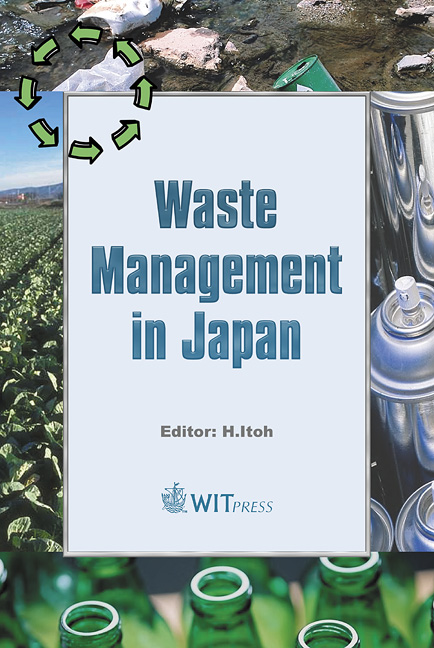Preparation Of Biopolymer Microcapsules And Their Uptake Properties For Cd2+ Ions
Price
Free (open access)
Transaction
Volume
79
Pages
10
Published
2004
Size
1,187 kb
Paper DOI
10.2495/WMJ040111
Copyright
WIT Press
Author(s)
H. Mimura, M. Outokesh, Y. Niibori & K. Tanaka
Abstract
An extractant having a strong affinity for heavy metal ions, bis(2,4,4- trimethylpentyl) monothiophosphinic acid (Cyanex 302, HA), was encapsulated in the alginate polymer matrices. The emulsification of HA extractant in microcapsules (MCs) resulted in a considerable reduction in the size of oil drops. The uptake rates of Cd2+ for MCs were enhanced compared to those for the matrices of CaALG and BaALG, and a large difference in uptake rate was observed within 10 h. The uptake of Cd2+ by MCs attained equilibrium within 20 h and Cd2+ ions were preferentially adsorbed on MCs even in the presence of 0.1 M HNO3 and 1 M NaOH. The uptake (%) of heavy metal ions, Ag, Cd, Pb and Cu, for HA-CaALG was above 96%, suggesting a simultaneous removal of soft metal ions. The uptake ability of Cd2+ for MCs is superior to that of conventional resins. The successive removal of Cd2+ ions was accomplished by a column packed with granular MCs. Various shapes of MCs such as fiber and film are also obtained. The microencapsulation techniques with alginate polymer are thus applicable to environmental remediation. Keywords: biopolymer, alginate, microcapsule, toxic heavy metals, Cyanex 302, extraction, emulsification, ion exchange, uptake, environmental remediation. 1 Introduction Environmental pollution by toxic metals arises from industrial and agricultural effluents and waste disposal from various sources [1]. In particular, the selective removal and rapid decontamination of toxic heavy metals (Cd, Pb and Ag, etc.) have become very important from the standpoint of environmental remediation. For this purpose, many decontamination methods have been developed. These
Keywords
biopolymer, alginate, microcapsule, toxic heavy metals, Cyanex 302, extraction, emulsification, ion exchange, uptake, environmental remediation.




